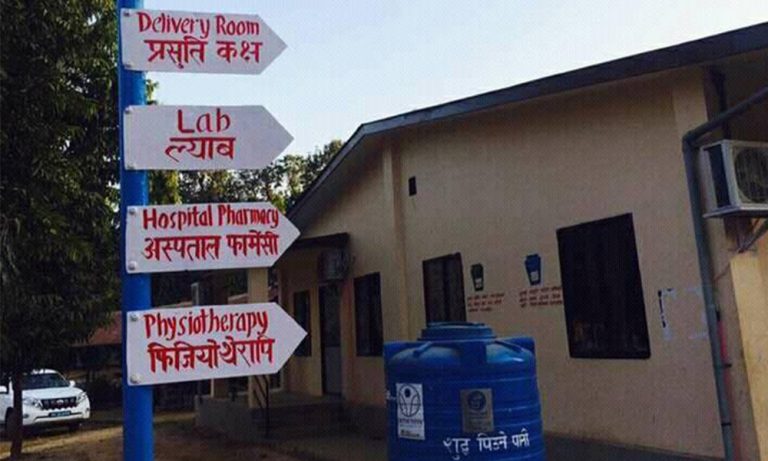
Perhaps, what would have been the most joyful day for a family in Nuwakot district has turned into grief – a new mother died hours after delivering a healthy baby boy. Her death could have been prevented – had she been treated on time.
Early Thursday morning, around 9 a.m., Goma Wasti, a 35 year old woman from Tarkeshwor Rural Municipality 5 gave birth to a healthy baby boy. An hour later, doctors realised she was suffering from ‘postpartum hemorrhage’ – a medical condition wherein the uterus does not contract strongly enough, causing huge ‘blood loss’. The condition requires immediate medical attention.
Doctors at the hospital realised they could not conduct an operation there, and she had to be sent to Kathmandu. There was also one another thing – time was precious, she had to be airlifted. When they tried to arrange a helicopter, they were denied one because ‘Nuwakot is an accessible district’.
Note: The government of Nepal allows chartering of helicopter when ‘mothers are in serious danger’ but only to residents of remote districts.
The doctors still tried to arrange the helicopter (there was nothing else they could do) – after the unhelpful response from the federal government, the local government came to the rescue – four hours later she was flown to Teaching Hospital, but it was too late. She passed. She should not have.
According to the government, Goma could not be airlifted to Kathmandu because Nuwakot is an ‘accessible district’ – a district which has easy road access to the capital. But is it really accessible?
The driving distance between Trishuli Hospital to Teaching Hospital in Maharajgunj is 68 kms – however, the total driving time is more than 5 hours. Given Nepal’s mountaineous terrain, the maximum a 68 hour journey should take is 2.5 hrs – 5 hours for 68 kms is ridiculous. The same cost the woman her life.
The road which connects the district to the capital is under construction, but the project has been severely delayed. The road is bumpy, dusty, and with the monsoons – it is muddy. An ambulance would have not made to Teaching Hospital on time – the hospital knew that, and for the same reason said she had to be airlifted. Covering, 68 kms in 5 hours means an average of 15 kms per hour – that kind of speed on a road is not what we should be calling ‘accessible’.
She would not have died, if the district hospital where she gave birth to had the resources to save her life. Unfortunately, the hospital did not. One would assume, a mother would not have to die because of ‘postpartum hemorrhage’ in a hospital which is accessible to Kathmandu. Wouldn’t you?
We asked the hospital the same, they said, ‘we did not have a specialist for the task. When matters went out of hand, we made a referral for her to be transferred at 10 a.m., by the time the helicopter arrived, it was 2 p.m. – valuable time was lost’.
This is not an isolated incident – another mother passed away in Ramechhap district last month for the same reasons – because the district is accessible – raising serious questions about how we define ‘accessibility’.
Do we take distance as the factor, or do we take the driving time? Shouldn’t the government be focusing on ensuring district hospital’s have the resources to address such emergencies?




